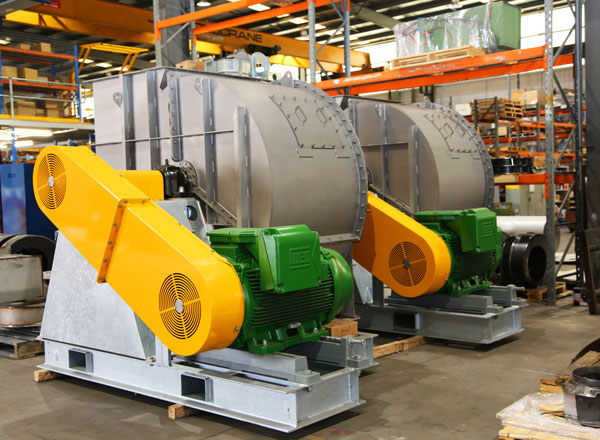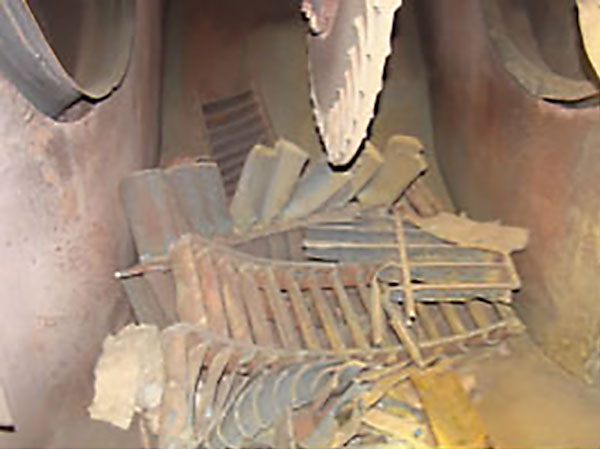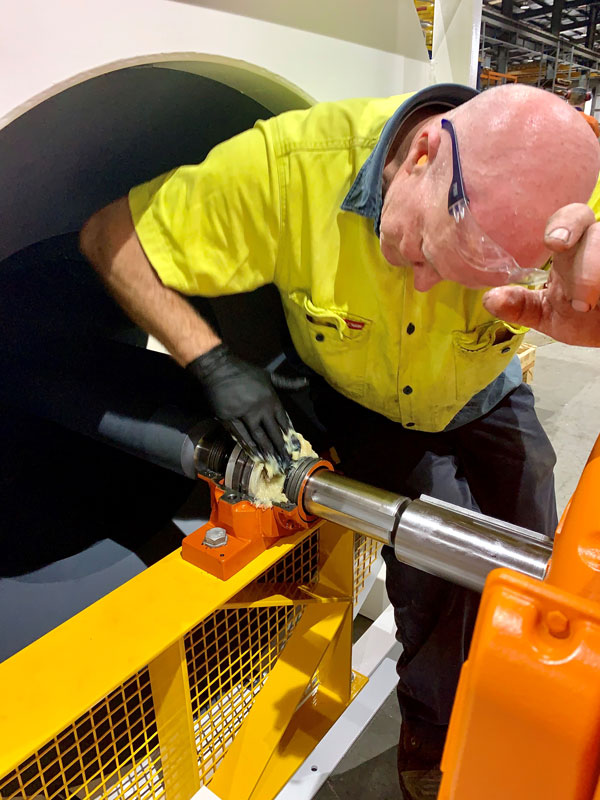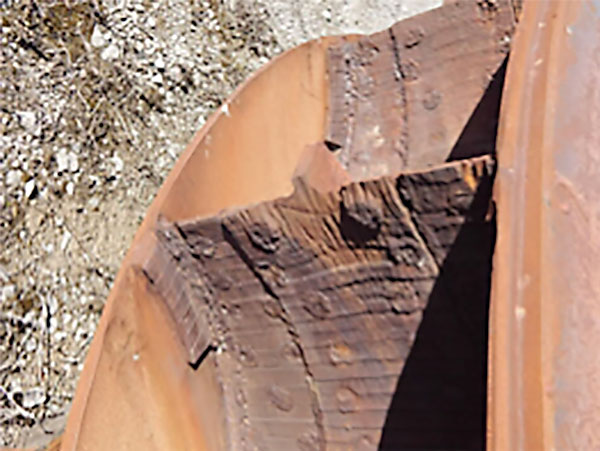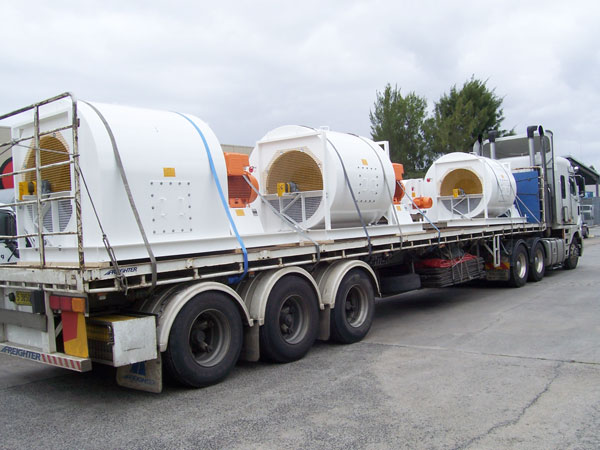When the key personnel are all at the table, it is now time to amass details, large and small, about the equipment, site and other variables such as vibration and temperature. Discussion points will include the following:
Past Fan Failures
What fan failures (Figure 2) have you had in the past and how did you fix them? What are the most frequent fan problems that you have experienced?
Bearings and Lubrication Type
What has been the best performing bearing and lubrication type on similar fans with similar operating conditions and arrangement? Do you have bearing leaks and, if so, where? Do you have any trouble changing the bearing? If so, what? Have there been any bearing problems (Figure 3) due to the operating environment?
Couplings
What has been the best performing coupling on similar fans with similar operating conditions and arrangement? Is this coupling being used on variable-speed or constant-speed fan? What type of lubrication does it use? Are you having any problems with this coupling
Shaft and Bearing Seals
What type of bearing and shaft seals are being used on your fans? What is the best performing seal on your bearings? Do you have any trouble changing the seals? If so, what? Have you experienced any sealing problems because of the operating environment?
System Effects
Does the existing fan experience any significant vibration from the airflow? Are any of the ducts, expansion joints, dampers, silencers, etc., attached to the fan experiencing vibration or fatigue cracks? Is there any whistle or rumbling sound emitted from the connection ducts or fan?
Motor
Does your plant have a preference for any manufacturer? What enclosure and cooling do you prefer for the motor? Does the motor or fan need a break for maintenance?
Maintenance
Has the operations group considered what is needed to remove the maintenance sections on the fan housing and lift out the rotor? Can the motor be lifted off the foundation and replaced?

